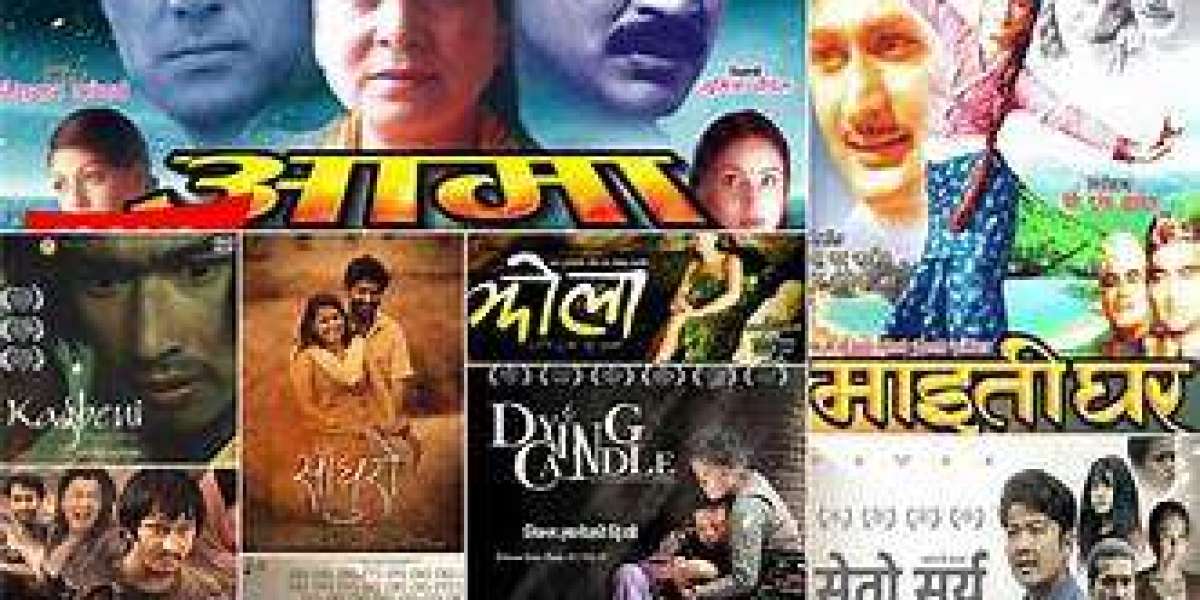A Journey Through Time: The roots of Nepali cinema can be traced back to the early 20th century when pioneering filmmakers like D. B. Pariyar and Sangh Rathi laid the foundation for the industry with their silent films and stage productions. Over the years, Nepali cinema has undergone significant transformations, from the golden age of the 1960s and 70s, characterized by classic romantic dramas and social realism, to the modern era of digital filmmaking and experimental storytelling.
Cultural Diversity and Identity: One of the defining features of Nepali cinema is its celebration of cultural diversity and national identity. From the majestic landscapes of the Himalayas to the bustling streets of Kathmandu, Nepali films often serve as a window into the rich tapestry of Nepali culture, traditions, and customs. Whether exploring themes of love and family or addressing pressing social issues, Nepali filmmakers have embraced their cultural heritage as a source of inspiration and storytelling.
Challenges and Triumphs: Despite its cultural significance, Nepali cinema has faced its fair share of challenges over the years, including limited funding, lack of infrastructure, and competition from international markets. However, Nepali filmmakers have persevered, finding innovative ways to overcome obstacles and bring their stories to the silver screen. The emergence of film festivals, independent production houses, and digital platforms has provided new opportunities for Nepali filmmakers to showcase their talent and reach audiences both at home and abroad.
The Rise of New Voices: In recent years, Nepali cinema has witnessed a resurgence of creativity and innovation, fueled by a new generation of filmmakers eager to push boundaries and challenge conventions. From bold narratives that confront social taboos to experimental filmmaking techniques that blur the line between reality and fiction, Nepali cinema is undergoing a renaissance that promises to redefine its place in the global film industry.
Looking Ahead: As Nepali cinema continues to evolve and adapt to changing times, it remains a vibrant and essential part of Nepali culture and identity. With a diverse array of voices and stories waiting to be told, the future of Nepali cinema is bright and full of promise. As audiences around the world discover the beauty and complexity of Nepali films, the legacy of Nepali cinema will continue to inspire generations to come.
Conclusion: Nepali cinema is a testament to the resilience, creativity, and cultural richness of the Nepali people. From its humble beginnings to its current renaissance, Nepali filmmakers have used the medium of cinema to celebrate their heritage, explore pressing social issues, and share their stories with the world. As Nepali cinema continues to thrive and evolve, it will undoubtedly leave an indelible mark on the global film industry for years to come.



